The days are long gone when France had one or more caravan manufacturers per department. Nowadays, they can be counted on the fingers of one or two hands throughout France. Caravelair, now based in the Ardèche, is one of the manufacturers who have managed to survive and last year celebrated its 60th anniversary, an opportunity to look back at its history, which began in the air…
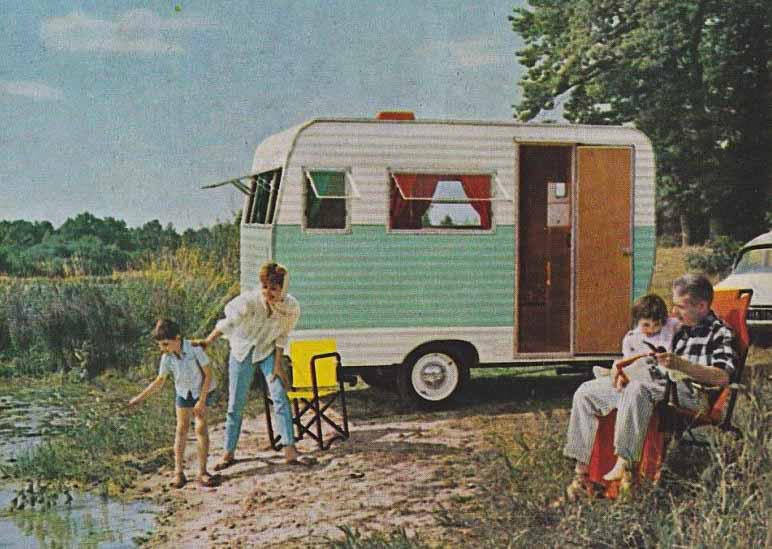
In 1960, the Société Sud-Aviation produced mainly the Caravelle series of planes, the Alouette series of helicopters and participated in the study and production of ballistic missiles. It is a national state-owned company that employs 23,000 workers in the south-east and west of France. Sales of the Caravelle are slowing down and it is a question of keeping all these employees employed by the French state busy. The company therefore sought to diversify and produced Frigéavia refrigerators, Téléavia television sets, etc.
The caravan market was buoyant in the early 1960s and, with the agreement of the State, this new activity was created in the St Nazaire factory where engineers were working on what was then called “camping trailers”. The beginnings were small-scale. Initially, about twenty caravans in parts were imported from the United States and built under a Terry licence. The first models actually built by Caravelair had an undeniable American caravan feel.
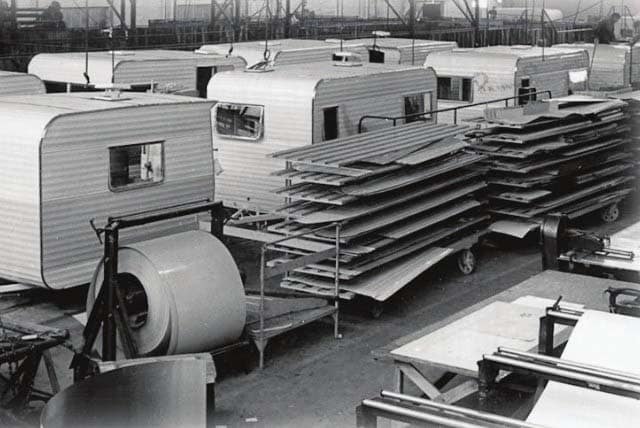
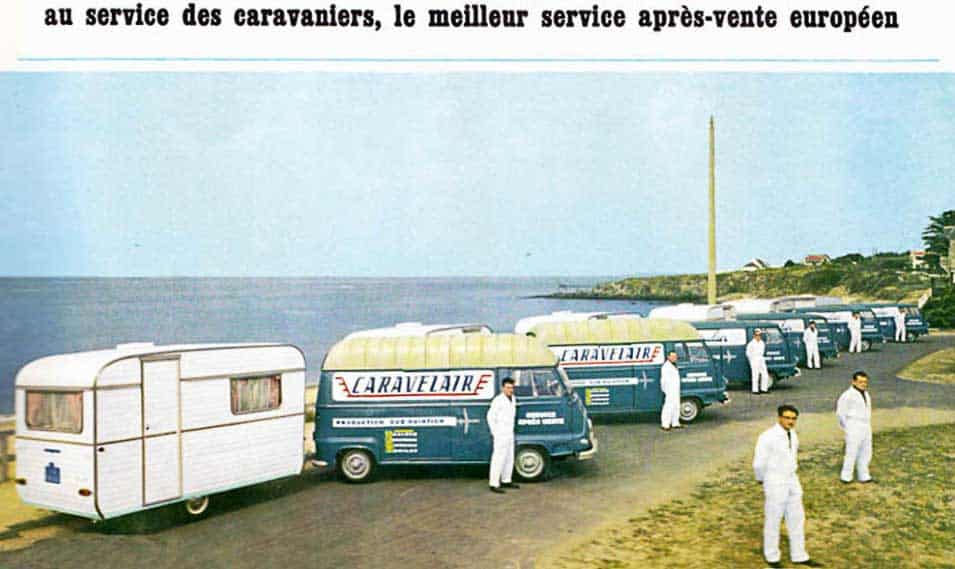
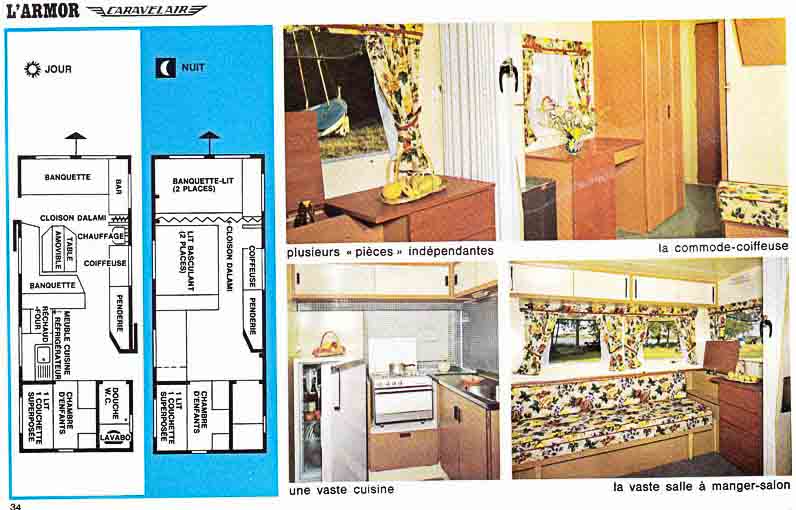


In September 1961, the new manufacturer presented to the national press the two models called “la Corsaire” and “la Goélette” which would become the future Bretagne (3m30) and Armagnac (4m20) when they arrived on the market a few months later. They are of classic design with an electrically welded profiled steel frame, independent wheels and torsion bar suspension. The interior is lined with laminated wood panels. Later on, different printed wood species will be possible, such as sycamore.
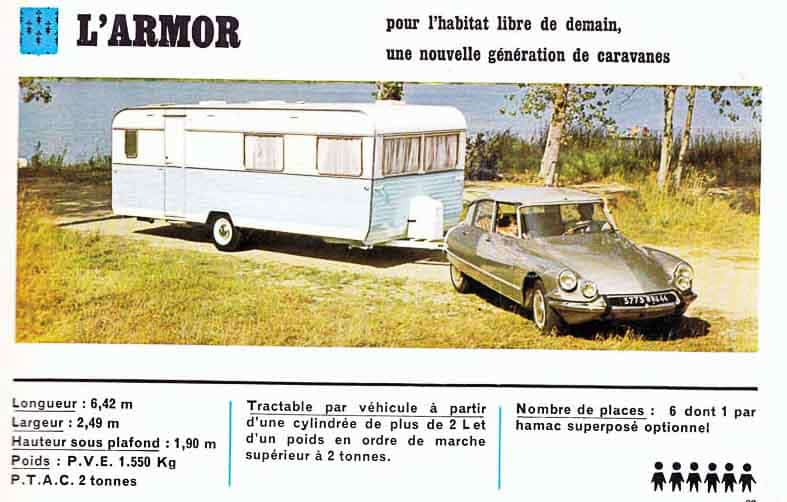
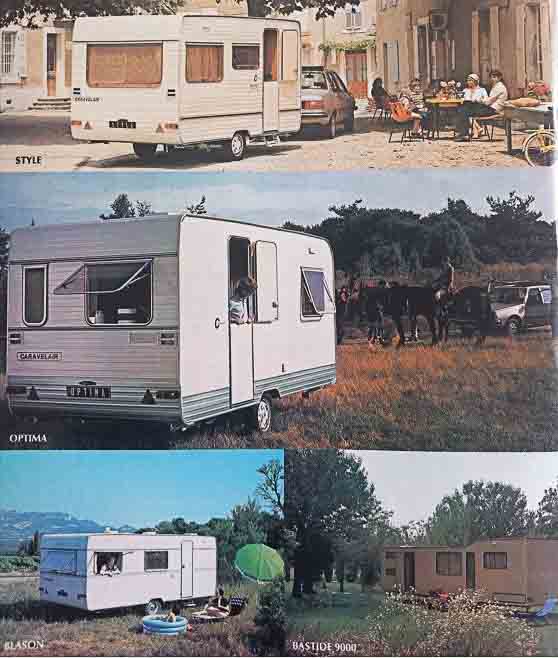

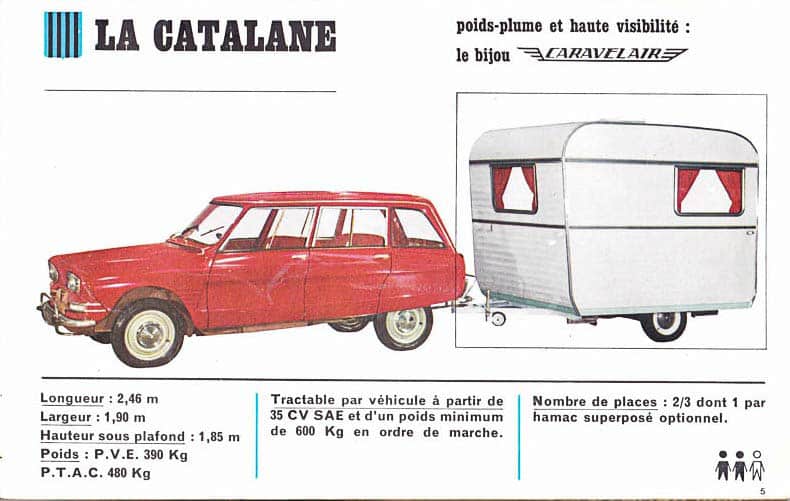

From this time onwards, Caravelairs were distributed by Trigano in other regions of France. This brand, like Digue and Sterckeman, quickly underwent a process of industrialisation of its production. Trigano, a specialist in the world of leisure, gradually acquired shares in the company and the production site was extended to Trignac, 7 km away. Other models were quickly proposed, all of which were named after regions of France, except for the small “Alouette”, with its 2.90m long access through a large double door at the rear. It is possible to choose a colour for the central strip: turquoise blue, jade green or chamois beige. Many remember the Caravelair caravans produced by Dinky toys 1/43 that were part of our childhood games. The brand is also visible on all the roads of France thanks to its after-sales service and its Estafette stamped Caravelair.
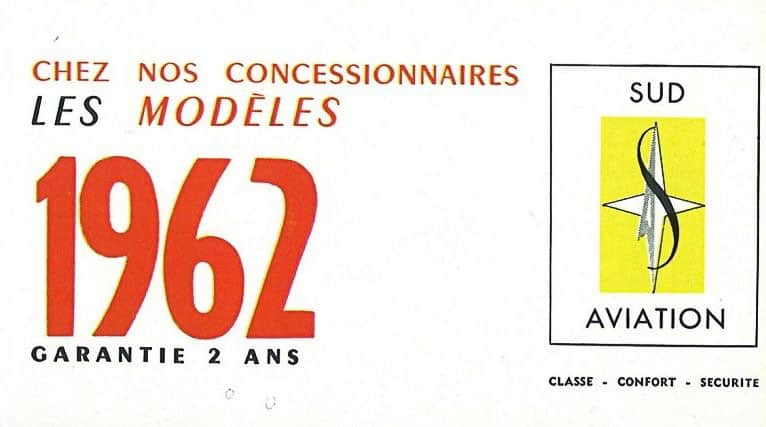
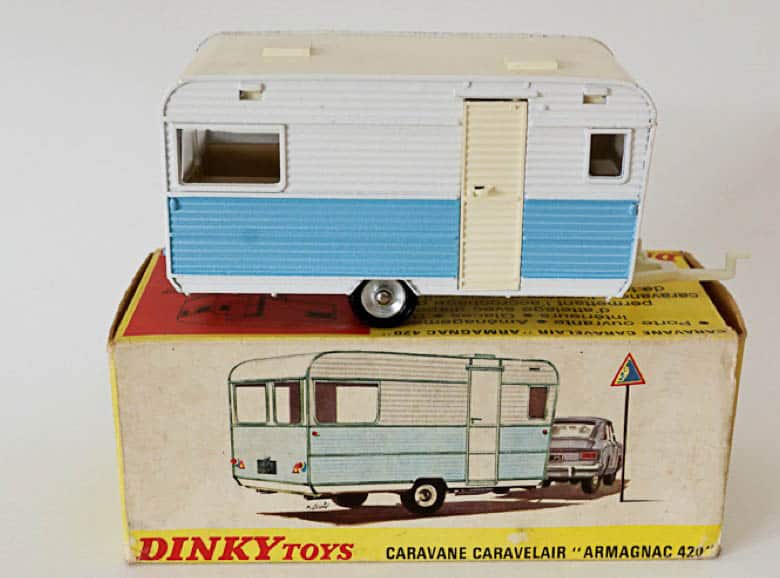
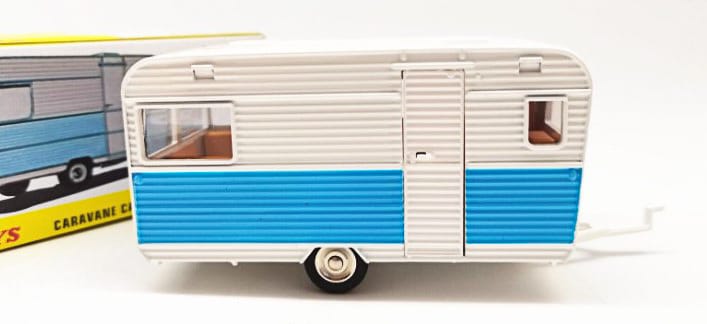
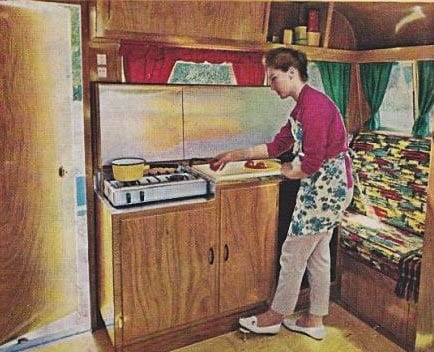
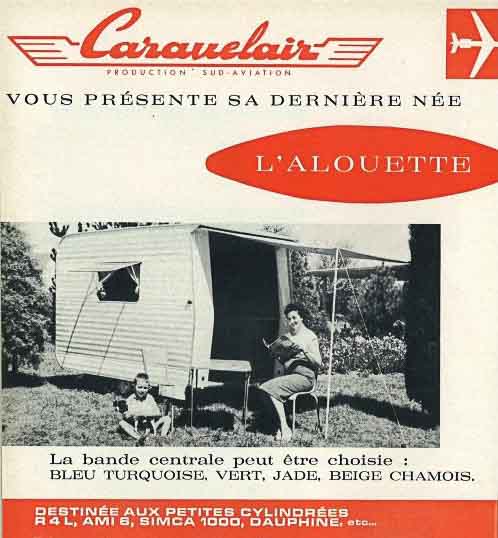

In the 1970s, SEMM Caravelair was bought by Trigano. Shortly after this takeover, the production of Caravelair caravans moved to Tournon sur Rhône in the Ardèche, where they are still produced. From 1972 onwards, new, very square shapes were adopted and the models were also named after French or even foreign towns (Hossegor, Lugano, etc.). In 1974, the group was in difficulty and it was the Crédit Lyonnais that took control before returning to the Trigano VDL group to which it still belongs.
Caravelair and Sterckeman caravans are still produced in Tournon sur Rhône in the Ardèche. It is possible to visit the site by booking in advance.
References :
– Digue Dingue Dong
– Sylvie et Franck Méneret, Les caravanes de France et d’ailleurs, ETAI
– Page Facebook RCCF – Bruno Crotta
– Trigano (entreprise) — Wikipédia (wikipedia.org)
– Trigano VDL (visite du site actuel)
– Bruno Crotta for the aerial photos of the production site.
– Caravaning, n°75, octobre 1961

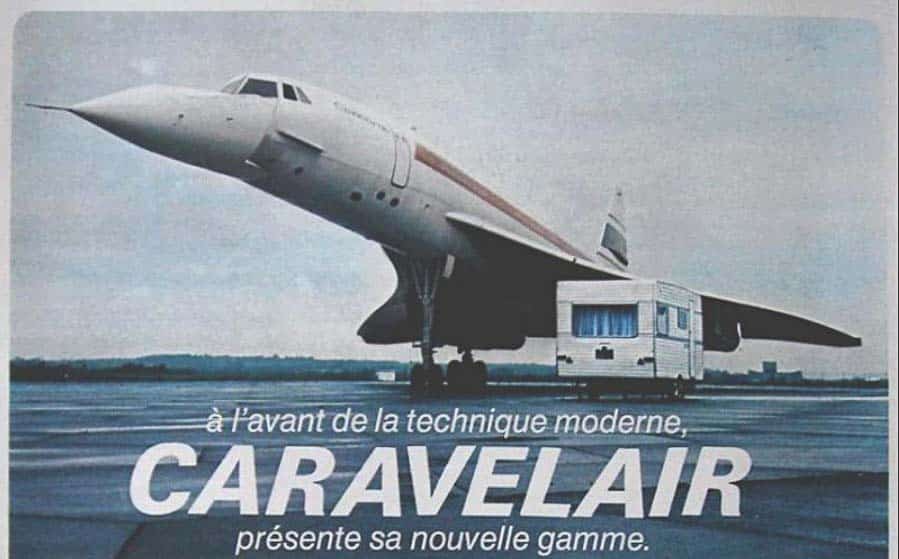

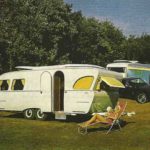
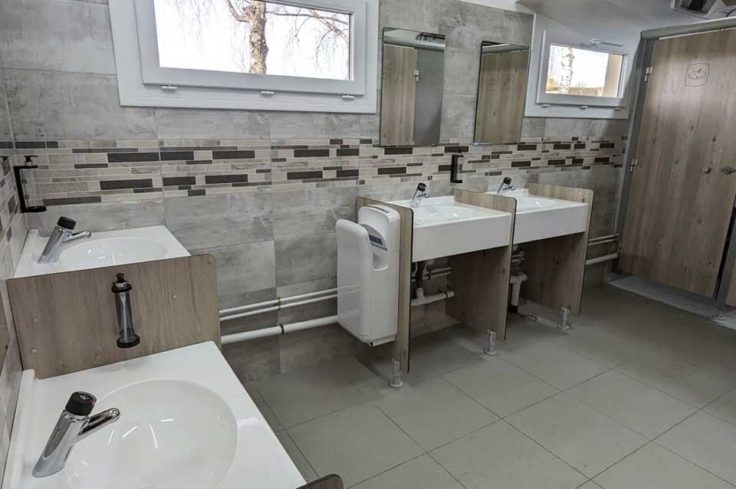
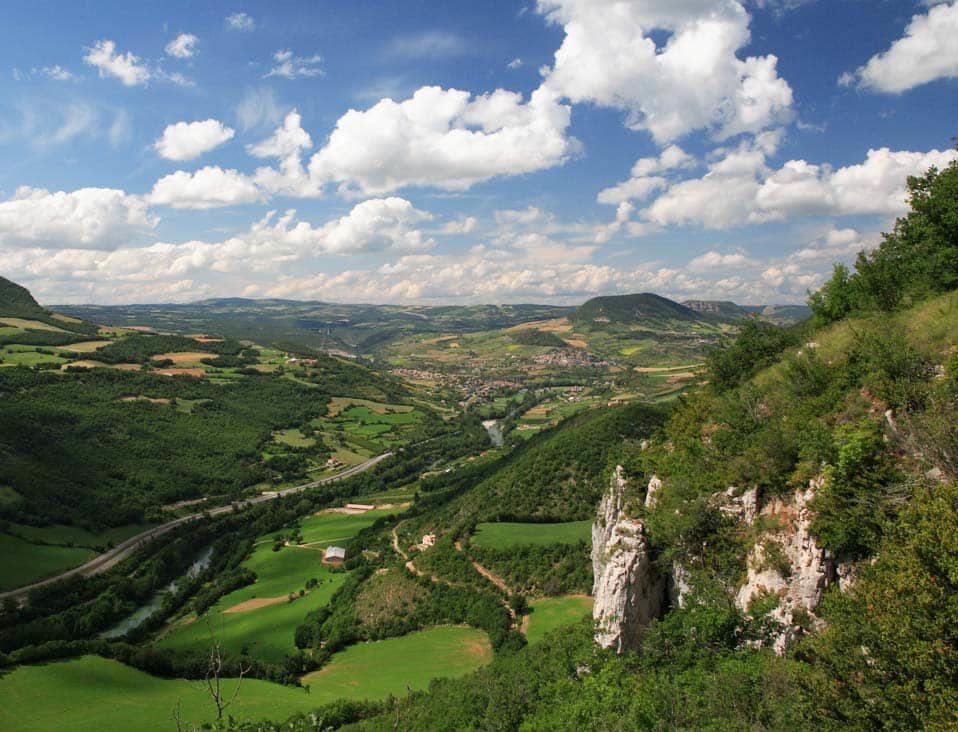 Our top campsites in Aveyron for holidays in a caravan, tent or van
Our top campsites in Aveyron for holidays in a caravan, tent or van 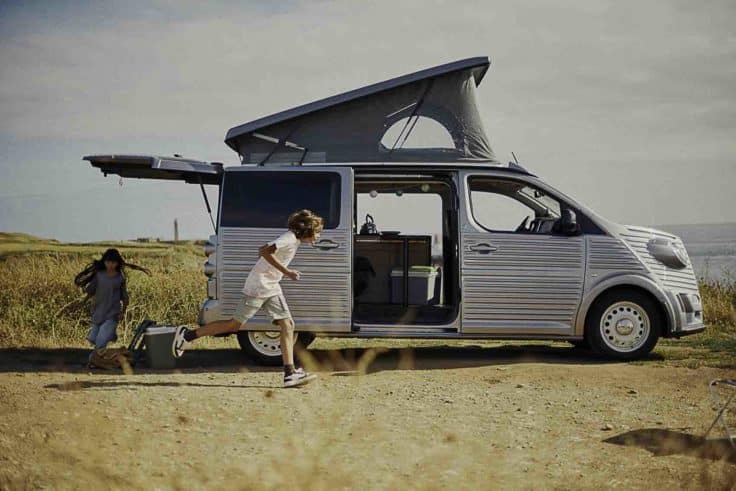
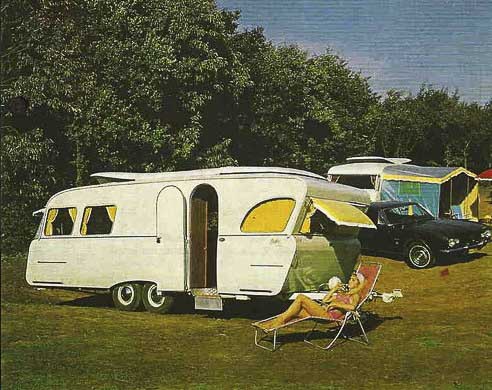
Leave a Reply